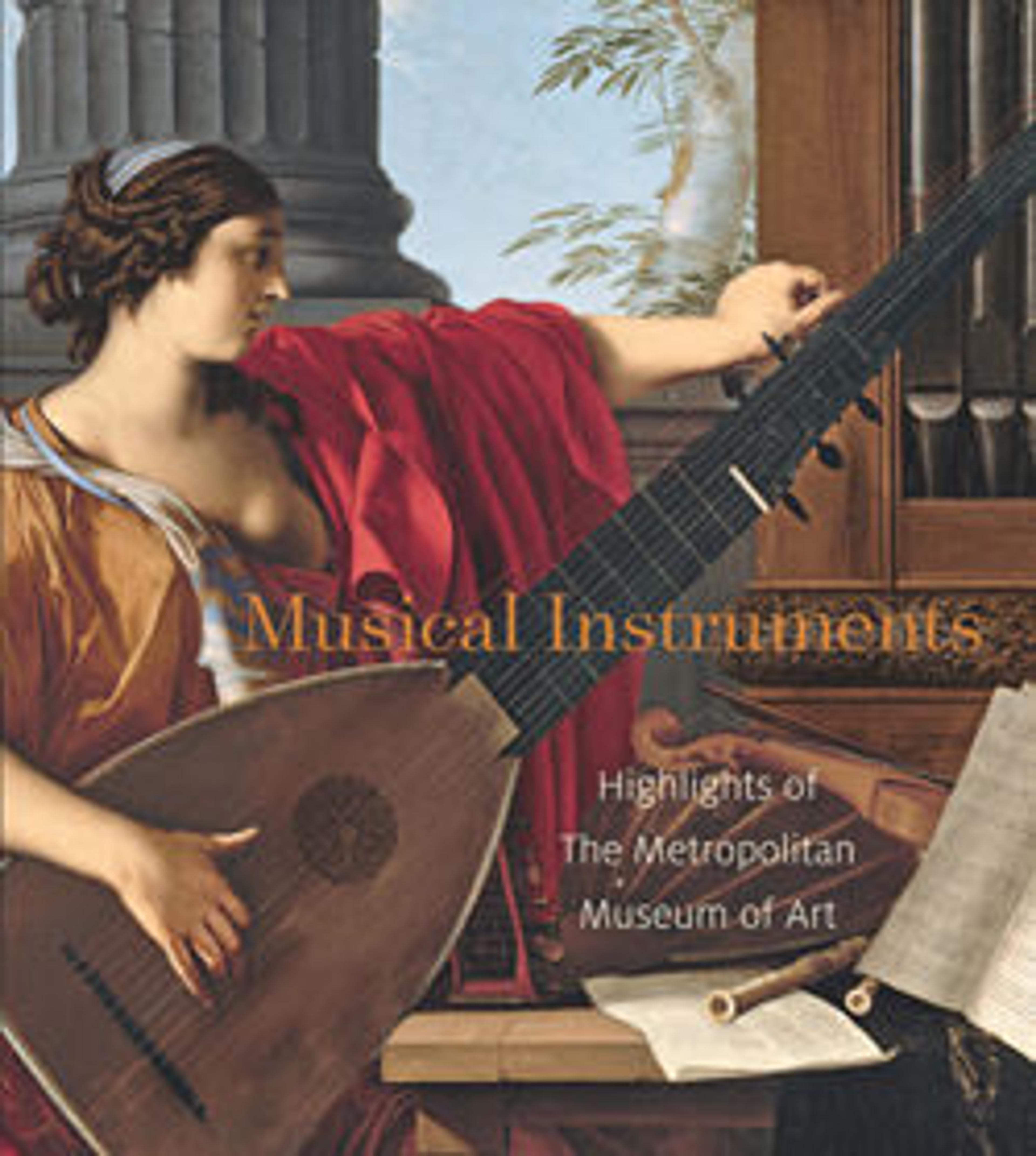Tenor Recorder
The Bassano family of instrument makers and musicians took its name from the city of Bassano del Grappa in Veneto but had relocated by the early sixteenth century. Although only circumstantial evidence exists about the family’s religion, Bassano was a well-known Jewish surname, and the family may have fled Bassano in 1516, when Jewish residents of the town were expelled. The Bassanos’ coat of arms featured three silkworm moths and a mulberry tree, suggesting that the family was involved at some point in the silk farming trade. This recorder bears on the rim of its bell the Bassanos’ moth stamp.
During the sixteenth and early seventeenth centuries the Bassanos were active in music circles in Venice and London, where in the late 1530s several Bassano brothers established themselves as musicians at the court of Henry VIII. Members of the family were part of Shakespeare’s circle, and one of the brothers, Baptista, had a daughter Emilia, who may have been the "Dark Lady" of Shakespeare’s sonnets. Shakespeare may also have based the character Bassanio from The Merchant of Venice on a member of the family.
Part of the flute family, the recorder has been used in art music in Western Europe since the fifteenth century. Makers constructed matched consorts of various sizes of recorders, from soprano to bass, to play polyphonic repertory, including secular songs, motets, and dance music.
A rare example of a Renaissance tenor recorder made of a single piece of boxwood. As is typical of early woodwind instruments, there are seven tone holes, six down the center and a pair of holes at the bottom that sound the same pitch. This arrangement allows a player to choose their own hand placement for the top and bottom holes. There is a single thumb hole on the back of the instrument.
During the sixteenth and early seventeenth centuries the Bassanos were active in music circles in Venice and London, where in the late 1530s several Bassano brothers established themselves as musicians at the court of Henry VIII. Members of the family were part of Shakespeare’s circle, and one of the brothers, Baptista, had a daughter Emilia, who may have been the "Dark Lady" of Shakespeare’s sonnets. Shakespeare may also have based the character Bassanio from The Merchant of Venice on a member of the family.
Part of the flute family, the recorder has been used in art music in Western Europe since the fifteenth century. Makers constructed matched consorts of various sizes of recorders, from soprano to bass, to play polyphonic repertory, including secular songs, motets, and dance music.
A rare example of a Renaissance tenor recorder made of a single piece of boxwood. As is typical of early woodwind instruments, there are seven tone holes, six down the center and a pair of holes at the bottom that sound the same pitch. This arrangement allows a player to choose their own hand placement for the top and bottom holes. There is a single thumb hole on the back of the instrument.
Artwork Details
- Title: Tenor Recorder
- Maker: Bassano (workshop active 1530–1650, Venice and London)
- Date: ca. 1600
- Geography: Italy; United Kingdom
- Culture: Italian or British
- Medium: Boxwood
- Dimensions: Height: 12 13/16 in. (32.5 cm)
- Classification: Aerophone-Whistle Flute-recorder
- Credit Line: Purchase, Amati Gifts, 2010
- Object Number: 2010.205
- Curatorial Department: Musical Instruments
More Artwork
Research Resources
The Met provides unparalleled resources for research and welcomes an international community of students and scholars. The Met's Open Access API is where creators and researchers can connect to the The Met collection. Open Access data and public domain images are available for unrestricted commercial and noncommercial use without permission or fee.
To request images under copyright and other restrictions, please use this Image Request form.
Feedback
We continue to research and examine historical and cultural context for objects in The Met collection. If you have comments or questions about this object record, please contact us using the form below. The Museum looks forward to receiving your comments.
